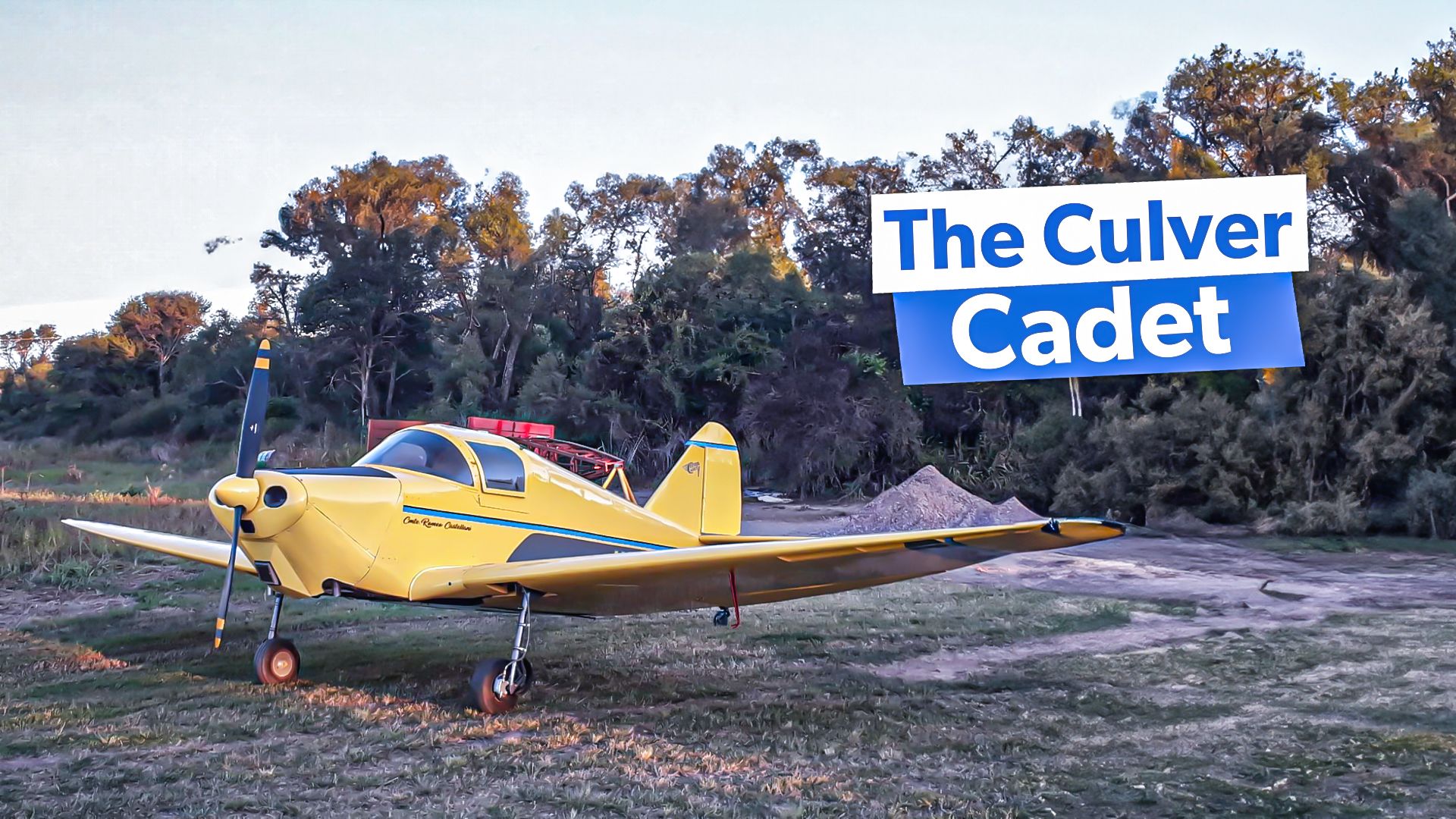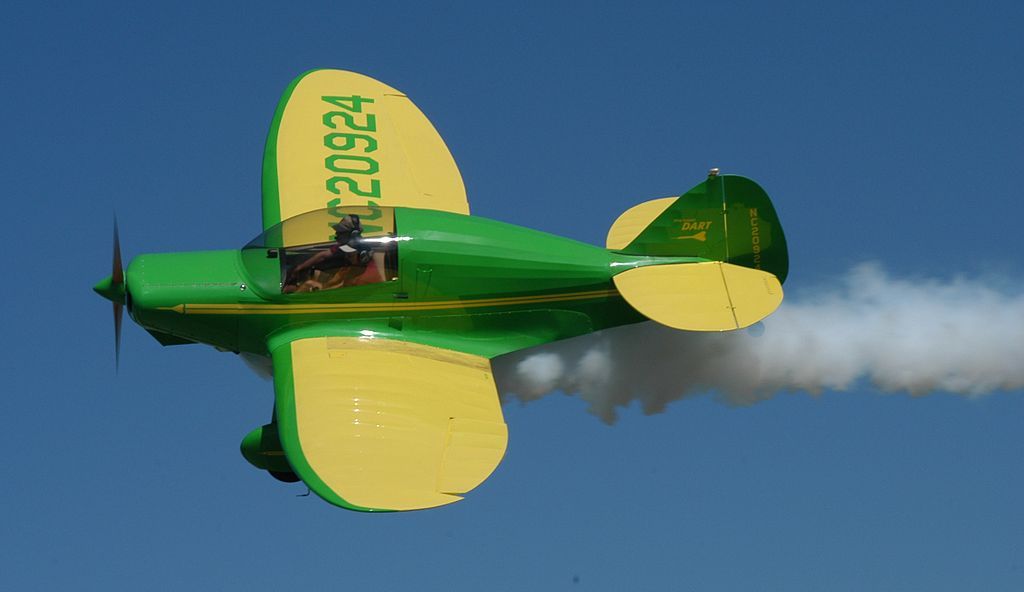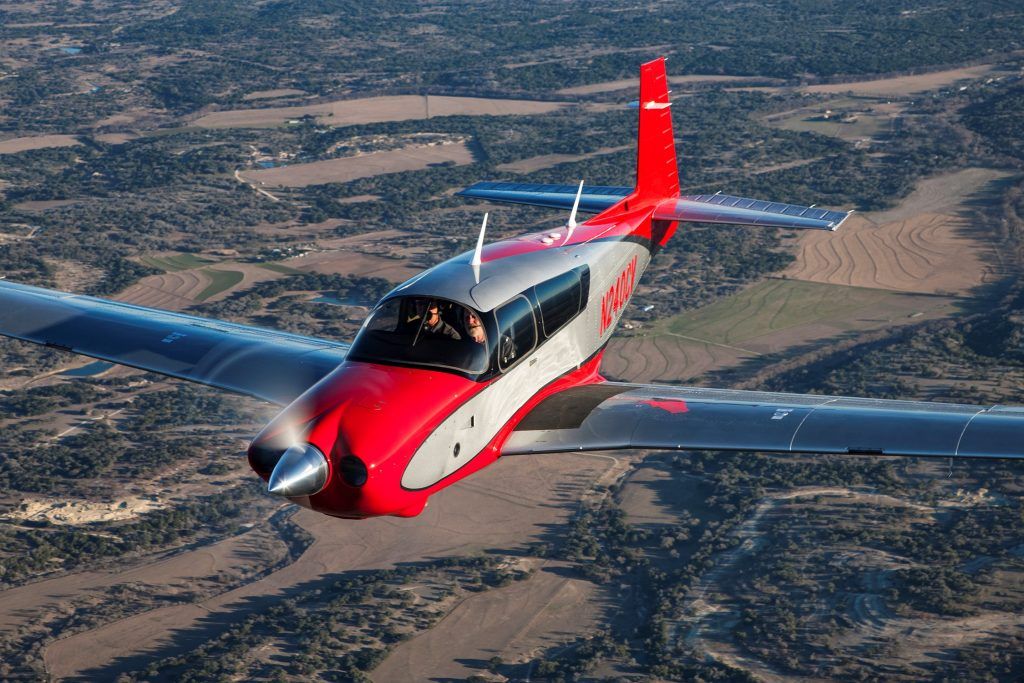Albert Mooney is one of the most notable aircraft designers of the early years of general aviation. The self-taught engineer and entrepreneur was born in 1906 in Denver, Colorado. The aircraft designer formed several aviation companies throughout his years, as well as designing and contributing to the designs of countless aircraft. He is most known for the creation of the Mooney Aircraft Company, although he was met with some early struggles.
Mooney was the second child of John Mooney, with his older brother Arthur, just two years older. John, who worked as an engineer for a railroad design company, taught both of his sons how to draft and create engineering drawings. Mooney also found an interest in airplanes in his early years, and he even spent time researching aircraft at his local library after he found that his high school did not have any airplane-focused classes.
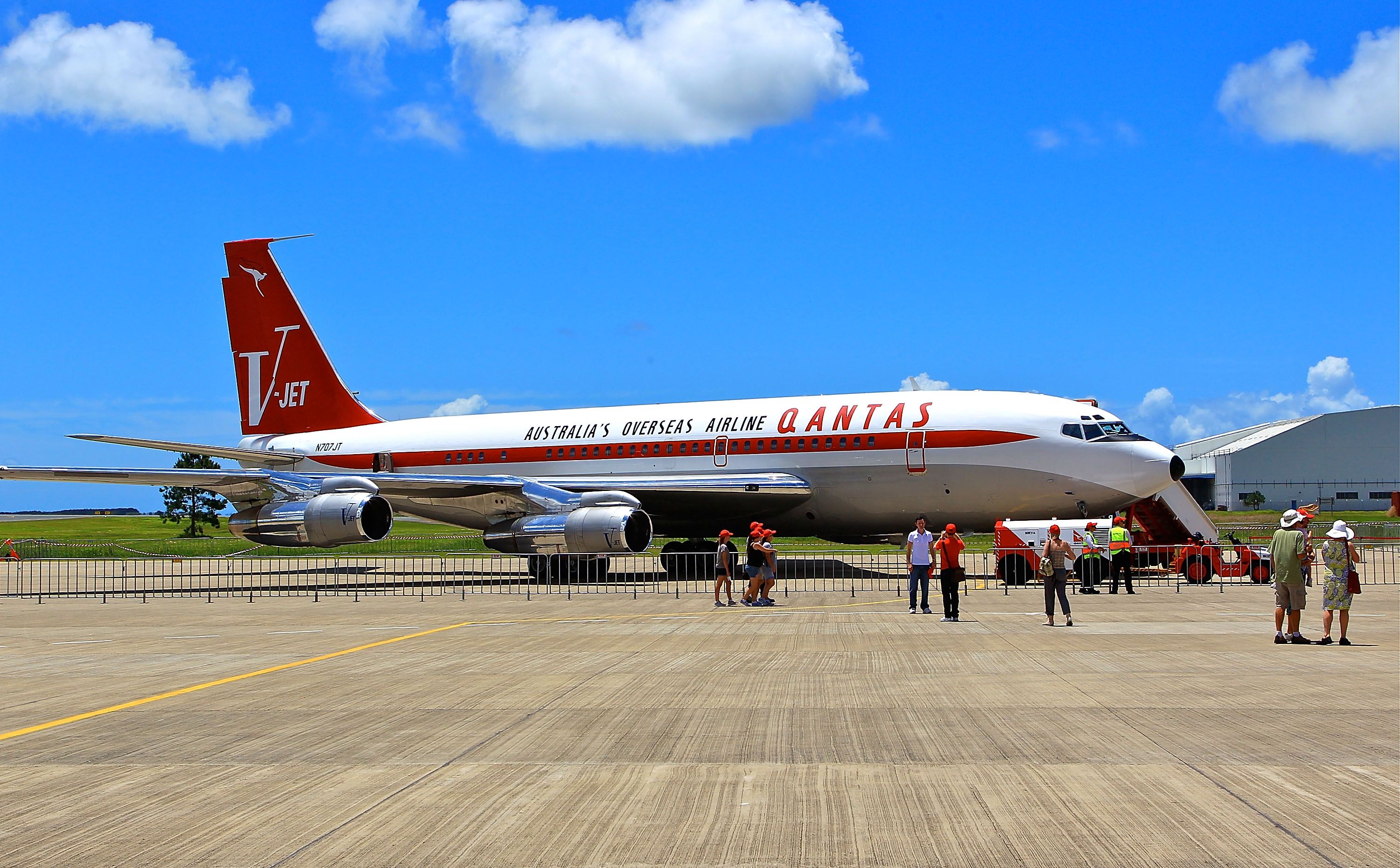
Related
The Evolution Of The Airplane
Aircraft design has changed a great deal since the Wright Brothers took to the skies. Let’s take a look at some of the most significant milestones.
Al Mooney eventually found himself a job at the local Alexander Aircraft Company, after he helped some local employees troubleshoot and fix one of their aircraft. As an employee at the Alexander Aircraft Company, Al began designing his own aircraft. After his time at Alexander Aircraft Company, Mooney and his older brother founded the Mooney Aircraft Corporation in Wichita, Kansas.
However, the duo was only able to design a single prototype aircraft before the Great Depression hit. Al attempted to fly his prototype aircraft, designated the M-5, across the country to promote the aircraft. However, the cross-country feat failed in Indiana, after the plane suffered an engine failure. Eventually, the first Mooney Aircraft Corporation was forced to shut its doors.
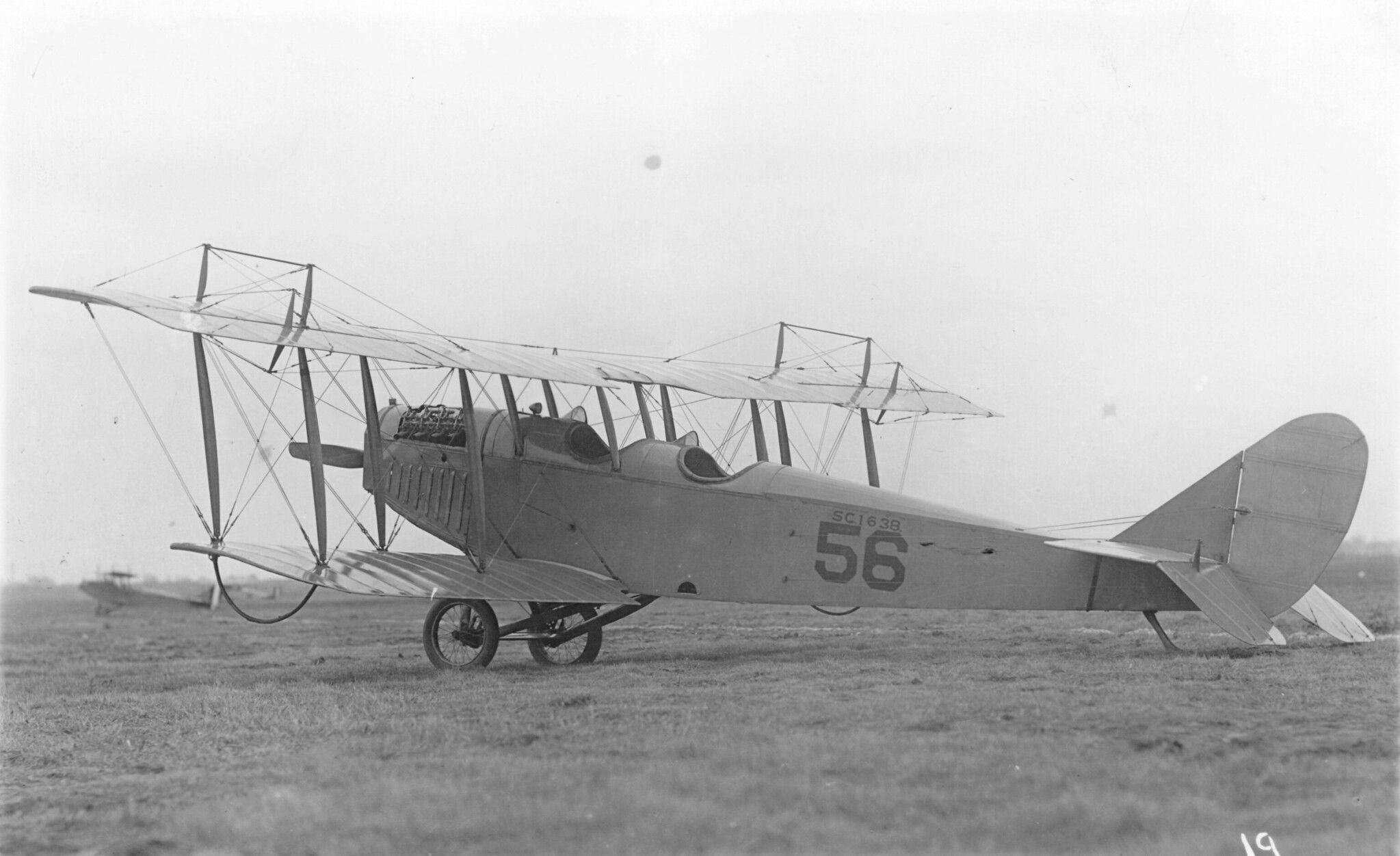
Related
The Role Of Barnstorming In Aviation’s Early Years
Barnstorming was extremely popular during the 1920s.
The aircraft designer then jumped around several other aircraft engineering companies before settling himself at the Culver Aircraft Company. Let’s take a closer look at how the company came to be and also how Mooney joined the company. Let’s also take a closer look at one of the most popular Mooney-designed aircraft, the Culver Cadet.
The Culver Aircraft Company
Mooney spent some time at a company called Monocoupe Corporation designing aircraft in the 1930s. After Monocoupe Corporation closed its doors, Al Mooney did not have a facility to continue its production of aircraft. However, another aviation pioneer, K.K. Culver, stepped in. Culver, who was also the founder of Culver Aircraft Company, stepped in to purchase the Mooney designs from Monocoupe Corporation. This included the Monocoach and the Model G Dart, which eventually became the Culver Dart.
This led to the beginning of a partnership between the two aviation pioneers. Culver hired Mooney as the chief engineer of the company. In 1939, Culver and Mooney collaborated to create the Culver Model L. This aircraft eventually developed into the Culver Cadet. Two other variants were made in 1941, as the company moved to Wichita, Kansas.
After the move to Kansas, Walter Beech, the founder of Beechcraft, took over the company. Beech began subcontracting work for the company during World War II. The company even developed a radio-controlled drone aircraft to be used for target practice during the war.
However, shortly after World War II concluded, Culver Aircraft Company began to struggle. The company did not win any major contracts at the end of the war and also struggled with transitioning to civil aircraft. Eventually, the company closed its doors. This led to the Mooney brothers, now with successful aircraft manufacturing experience, beginning their own company once again.
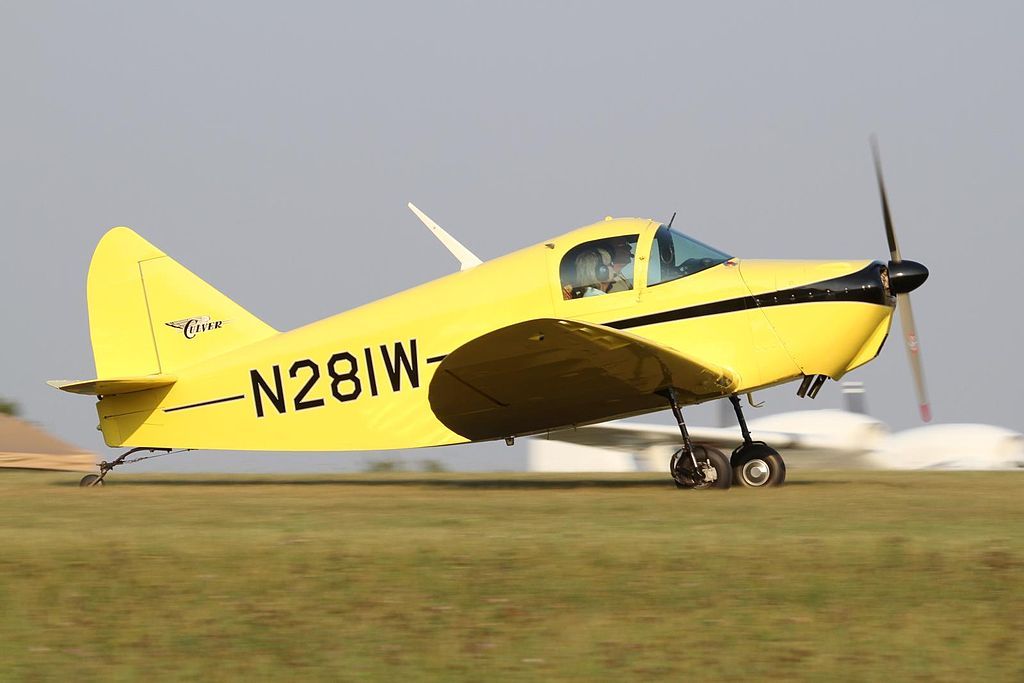 About the Culver Cadet
About the Culver Cadet
The Culver Cadet is typically known as Al Mooney’s most successful aircraft in his early years, and it represented his long awaited jump into the general aviation industry. The aircraft was first introduced in 1939 as a two-seat monoplane. It was an improved version of the Culver Dart, which was slightly smaller due to a lighter engine. The Culver Cadet utilized a Continental A75-8 four-cylinder engine. Its pistons were horizontally-opposed, and the engine could provide up to 75 horsepower for the aircraft. This engine helped the aircraft reach the following specifications:
|
Length |
17 feet eight inches |
|---|---|
|
Wingspan |
27 feet |
|
Height |
Five feet six inches |
|
Empty weight |
806 pounds |
|
Maximum speed |
123 knots (142 miles per hour) |
|
Cruise speed |
110 knots (130 miles per hour) |
|
Range |
430 nautical miles (500 miles) |
|
Service ceiling |
17,000 feet |
The airframe was made from a monocoque fuselage, which consists of an airframe made from frames and covered with a fuselage skin. Other aircraft in the era were made from welded steel.
Other variants were made of the Culver Cadet, implementing more powerful engines and upgraded equipment. This includes the Culver A-8, which was later designated the XPQ-8. The United States Army Air Corps used this aircraft as a radio-controlled drone. Over 600 total Culver Cadet variants were produced.
The beginning of the second Mooney Aircraft Company
As previously mentioned, after Culver Aircraft Company closed its doors, the Mooney brothers moved on to create their own company. The duo formed the Mooney Aircraft Company for the second time, this time in 1948 in Wichita, Kansas.
Photo: Mooney
The Mooney brothers designed the Mooney Mite M-18 first and produced over 275 of these small single-seat aircraft. After the success of the Mooney Mite, the brothers moved the company to Texas and accelerated the development of the M-20. This larger aircraft was certified in 1955 and production began.
Shortly after, both the Mooney brothers left the company to continue working at Lockheed Martin in Georgia. However, the M-20 became the most successful Mooney aircraft for years to come. Over 11,000 of the M-20s were produced.

